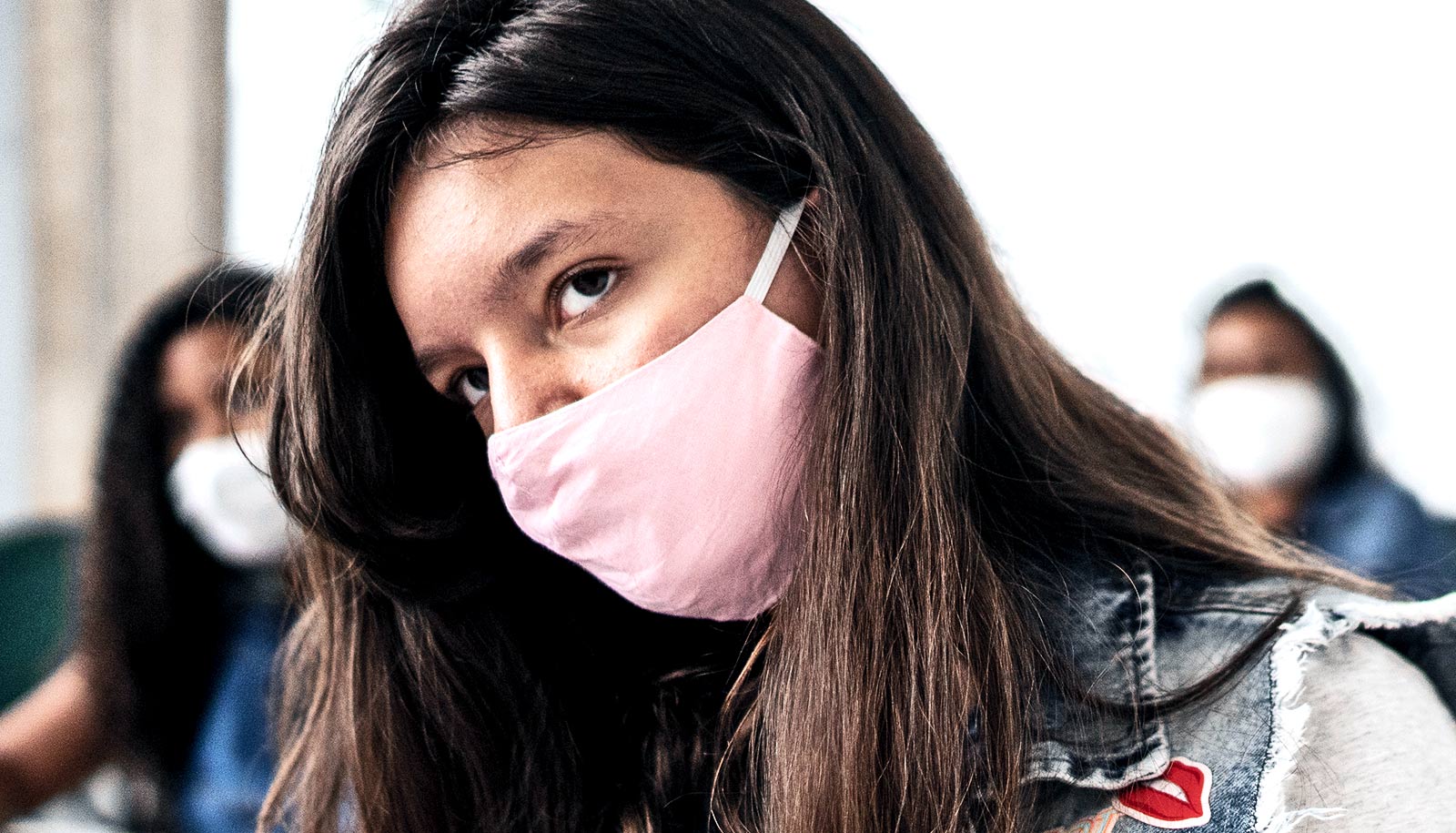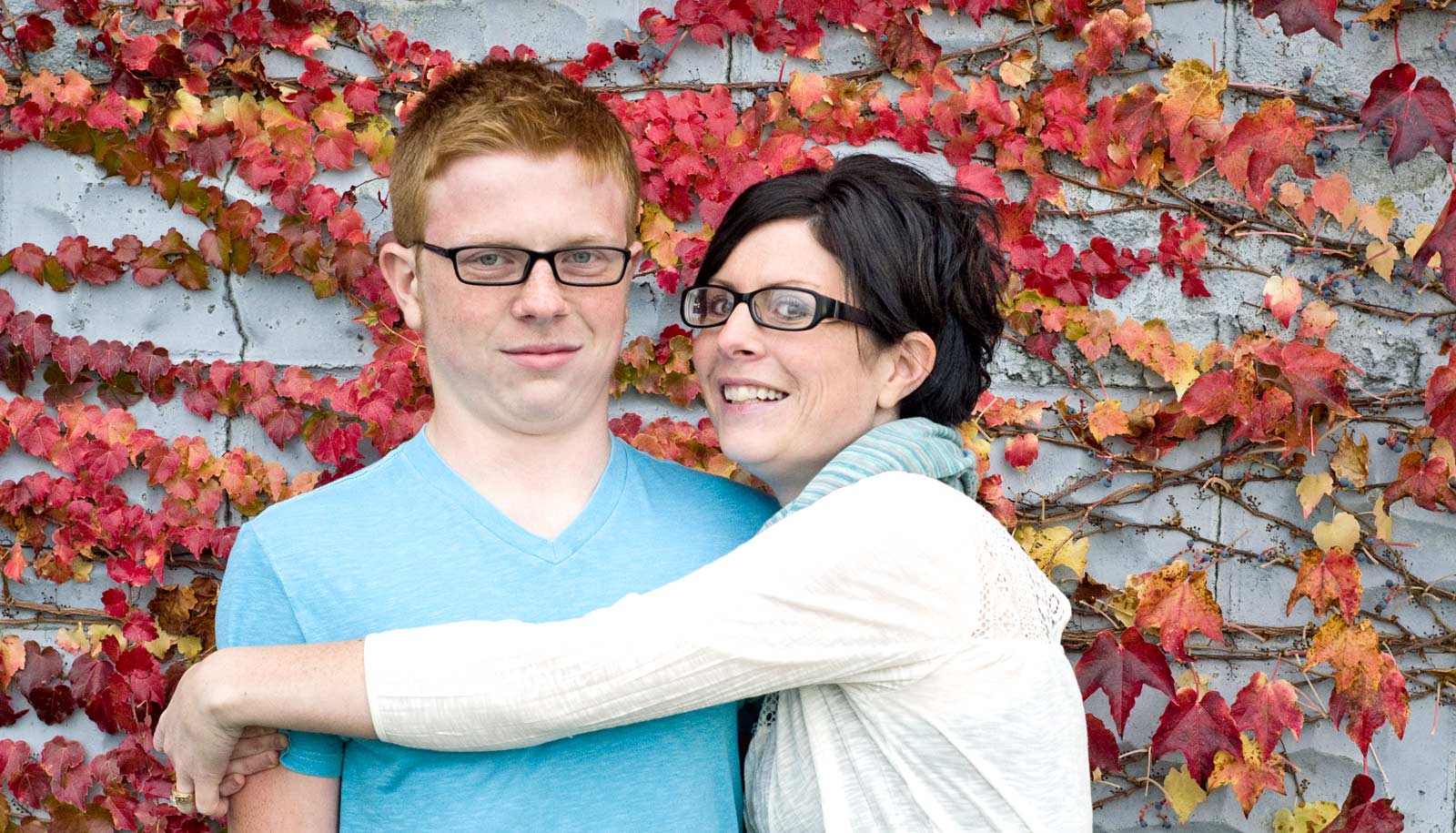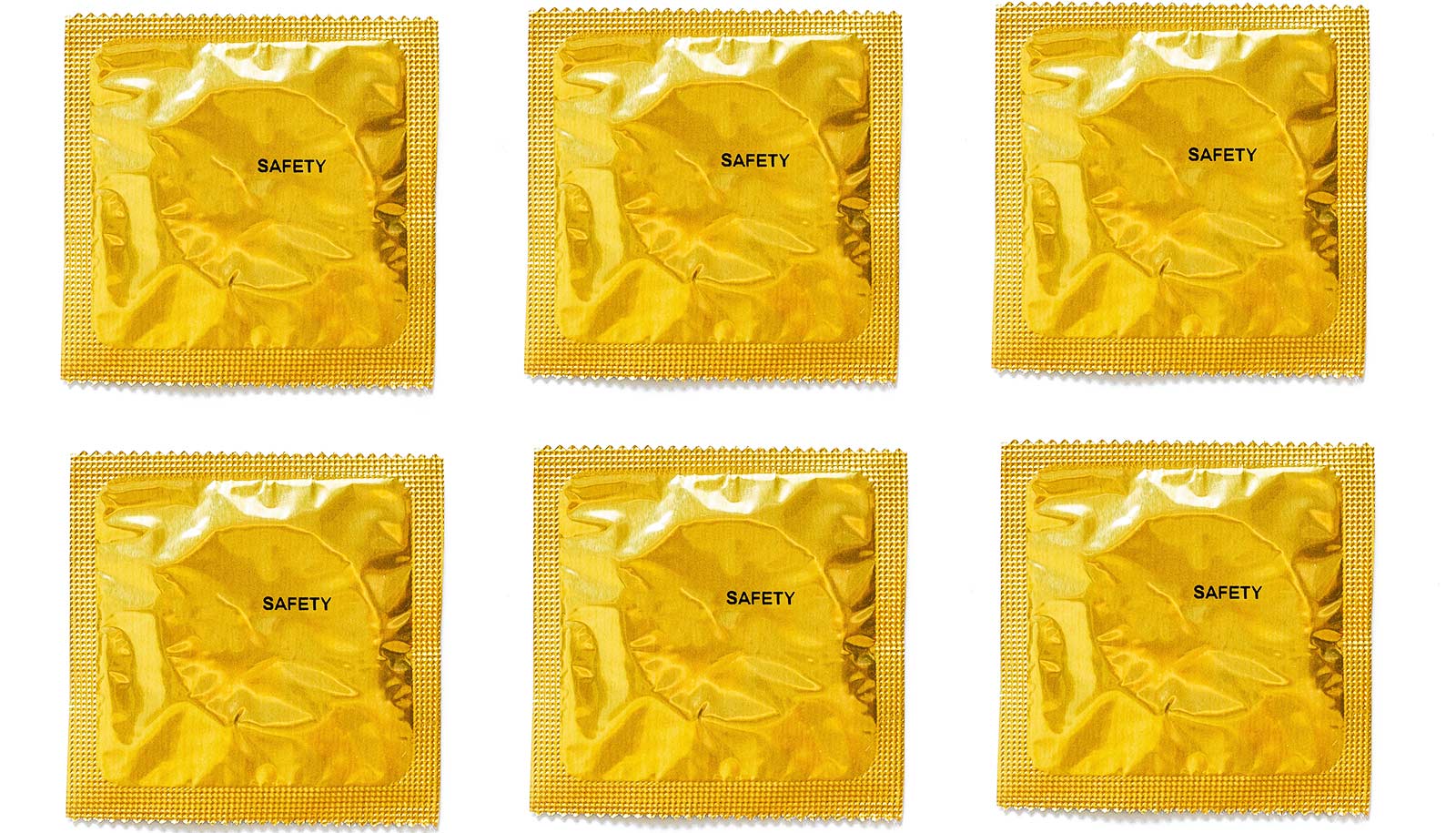Only half of young people in the United States are getting sex education that meets minimum standards, according to a new study.
While the findings show that adolescents are not receiving critical information, of even greater concern is that a significant percentage of young people don’t receive any information about birth control and sexually transmitted disease prevention before they begin to have sexual intercourse.
“…most adolescents are not receiving sex education that will enable them to manage their sexual lives.”
The study, published in the Journal of Adolescent Health, also found significant gender and racial disparities in adolescents’ access to comprehensive sex education.
Females were more likely than males to report receiving instruction in waiting until marriage to have sex, while males were more likely than females to report instruction in condom use.
The study also found that significantly fewer Black and Hispanic males than white males received instruction in saying no to sex, birth control, and HIV and STI prevention. Queer youth were less likely than their straight peers to report instruction about HIV/STI prevention and where to get birth control.
And while religious institutions in the United States play a central role in sex education for many adolescents, teens that report religious settings as their main source are not receiving any information about birth control.
“The findings show that most adolescents are not receiving sex education that will enable them to manage their sexual lives,” says Leslie M. Kantor, professor and chair of the urban-global public health department at the Rutgers School of Public Health.
“Of even more concern is that young people of color and queer youth are receiving less sex education and males and females are receiving different messages. Policymakers at every level must invest in inclusive and comprehensive sex education programs with an eye toward greater equity and inclusivity.”
In the study, the researchers looked at data from 7,946 adolescents in the National Survey of Family Growth from 2011–2015 and 2015–2019 to examine changes in formal sex education by gender and race/ethnicity for content, timing, and location of instruction.
More than 75% of adolescents received instruction about “how to say no to sex,” versus about 60% who received instruction about birth control. In 1995, more than 80% of young people reported receiving information about birth control.
“The United States is failing adolescents and their families by providing limited sex education to so many of its youth,” adds Kantor.
“Federal, state, and local policy makers must work harder to ensure that sex education is provided that is age appropriate and that education is equitable and meets the needs of all youth rather than leaving some youth less equipped to lead sexually healthy lives.”
Additional researchers are from the Guttmacher Institute.
Source: Rutgers University



